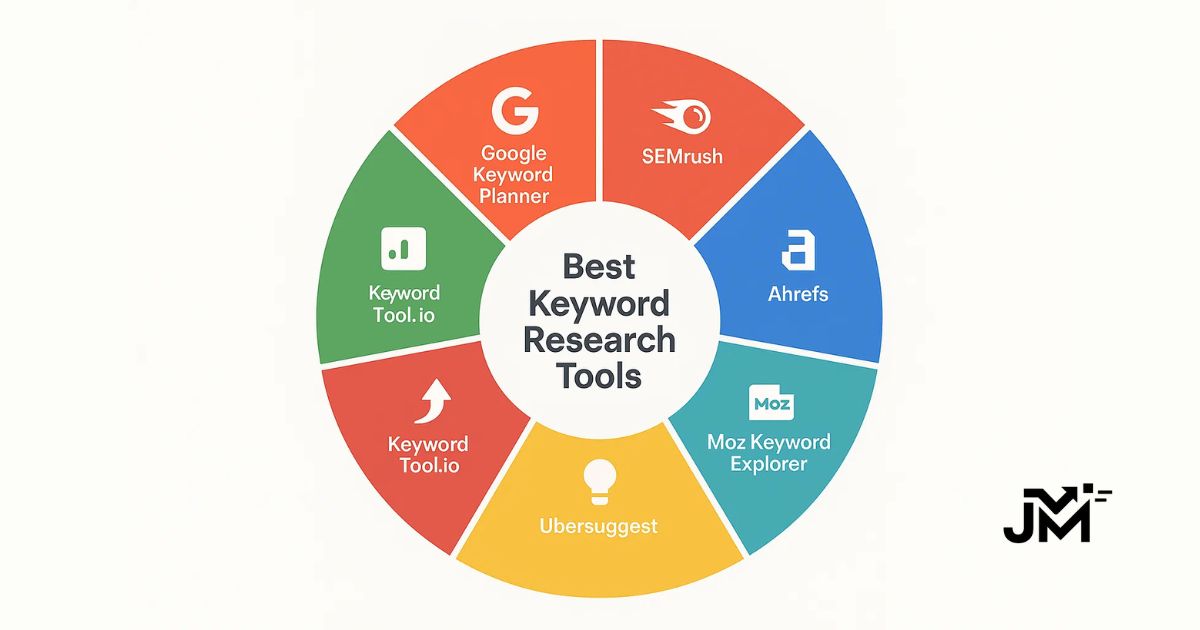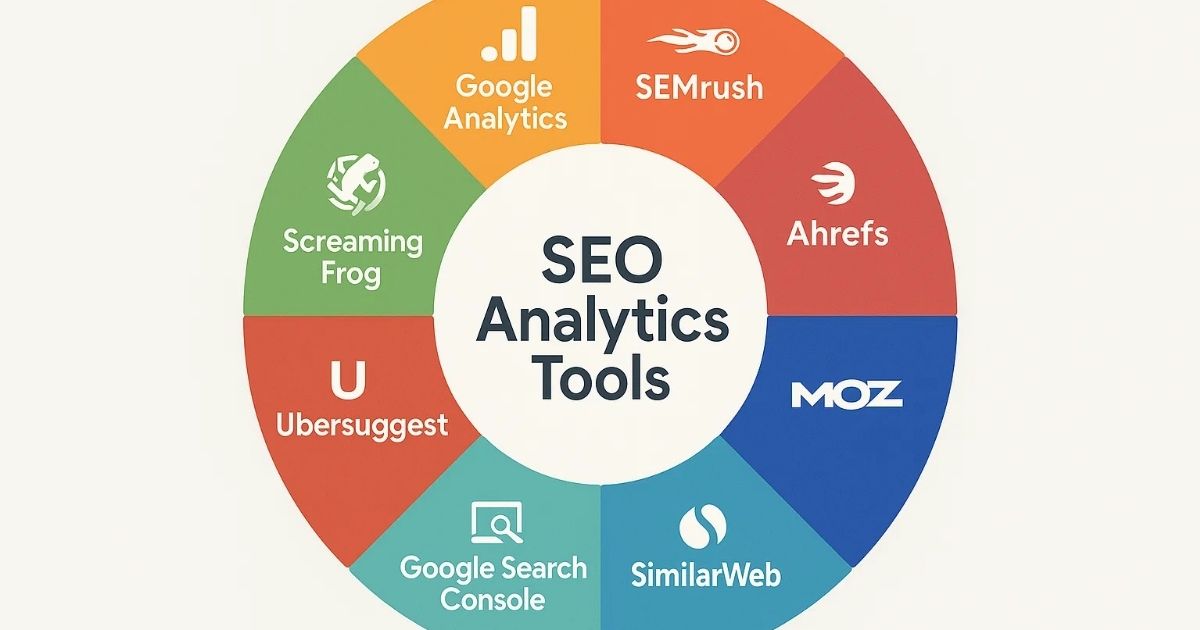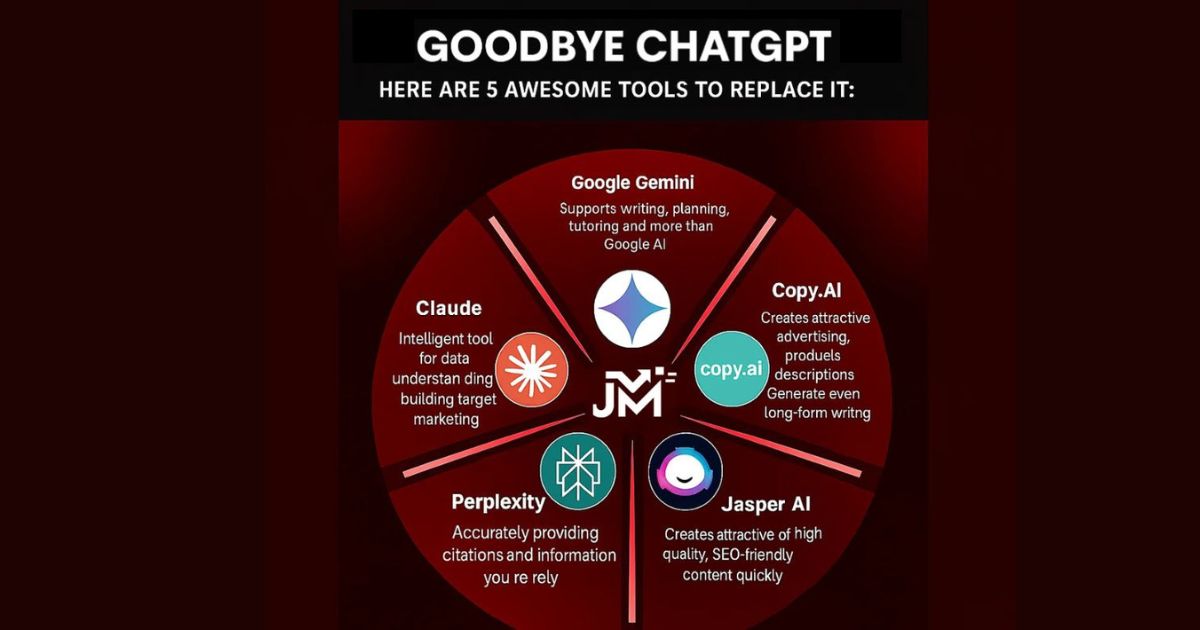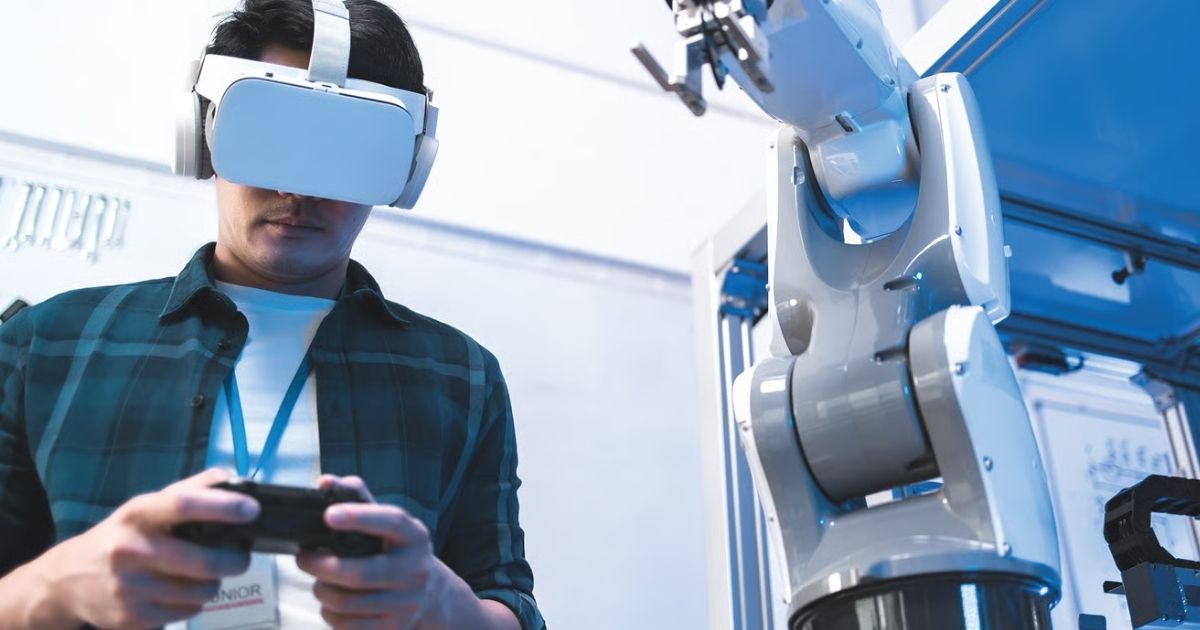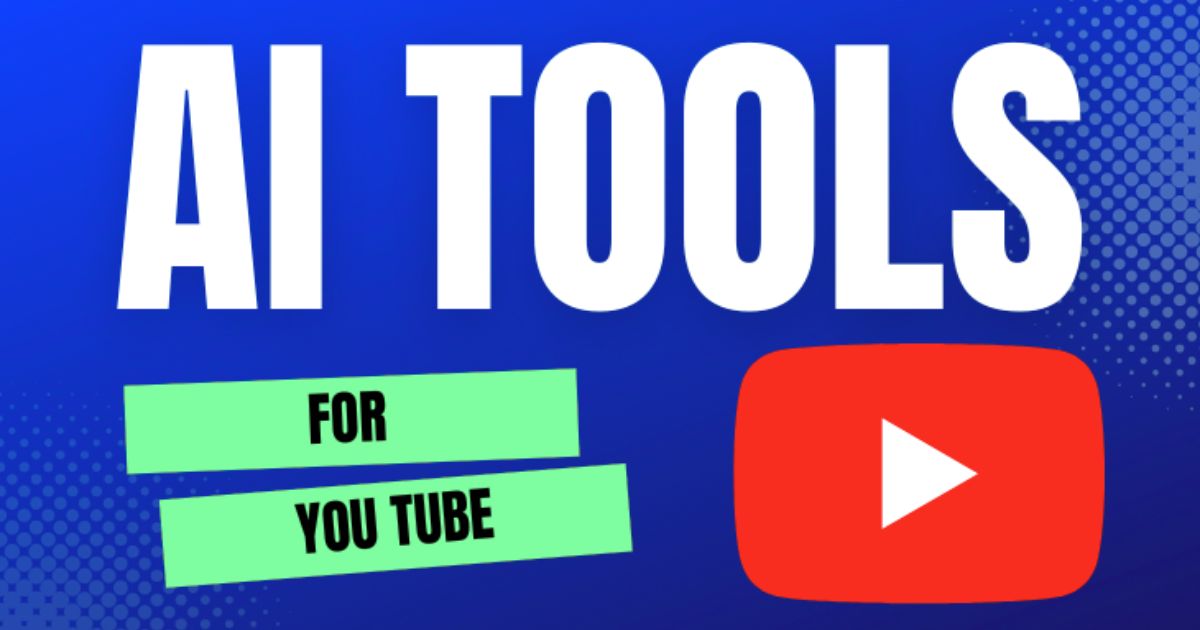In the evolving landscape of conversational AI, two names stand out prominently: Botpress and Rasa.
Both platforms offer robust solutions for building chatbots, but they cater to different needs and expertise levels. This guide delves into the key differences between Botpress and Rasa, helping you make an informed decision on which platform aligns best with your requirements.
Ease of Use
Botpress

Botpress shines with its user-friendly visual conversation designer, known as Studio. This tool is a game-changer for both technical and non-technical users, allowing them to build chatbots quickly without needing to write a single line of code. The drag-and-drop interface simplifies the process of designing conversational flows, making it accessible even for those who are new to chatbot development.
Rasa

In contrast, Rasa leans heavily on the command line and configuration files. This approach offers a high degree of flexibility and control but requires more technical expertise. Users must be comfortable with coding and understanding configuration settings to build and maintain chatbots effectively. This makes Rasa more suitable for those with a technical background or teams that include developers.
Development Time
Botpress
Thanks to its visual tools and intuitive conversational flow builder, Botpress significantly reduces development time. On average, it takes just a few weeks to build a functional chatbot on Botpress. This rapid development cycle is particularly advantageous for businesses looking to deploy chatbots quickly and iteratively refine them based on user feedback.
Rasa

Building a chatbot with Rasa typically takes longer, often spanning several months. The need for detailed configuration and the more technical setup process contribute to this extended timeline. However, the additional time investment can pay off in the form of highly customized and sophisticated chatbots.
Data Requirements
Botpress

One of Botpress's standout features is its minimal data requirement for training its Natural Language Understanding (NLU) models. Sometimes, as few as 10 examples per intent are sufficient to train a Botpress model effectively. This makes Botpress an excellent choice for rapid prototyping and deploying chatbots with limited training data.
Rasa

Rasa, on the other hand, requires around 100 examples per intent to train its models accurately. This higher data requirement can be a barrier for teams without extensive datasets. However, it also means that Rasa chatbots can achieve a higher level of understanding and nuance with sufficient training data.
Architecture
Botpress
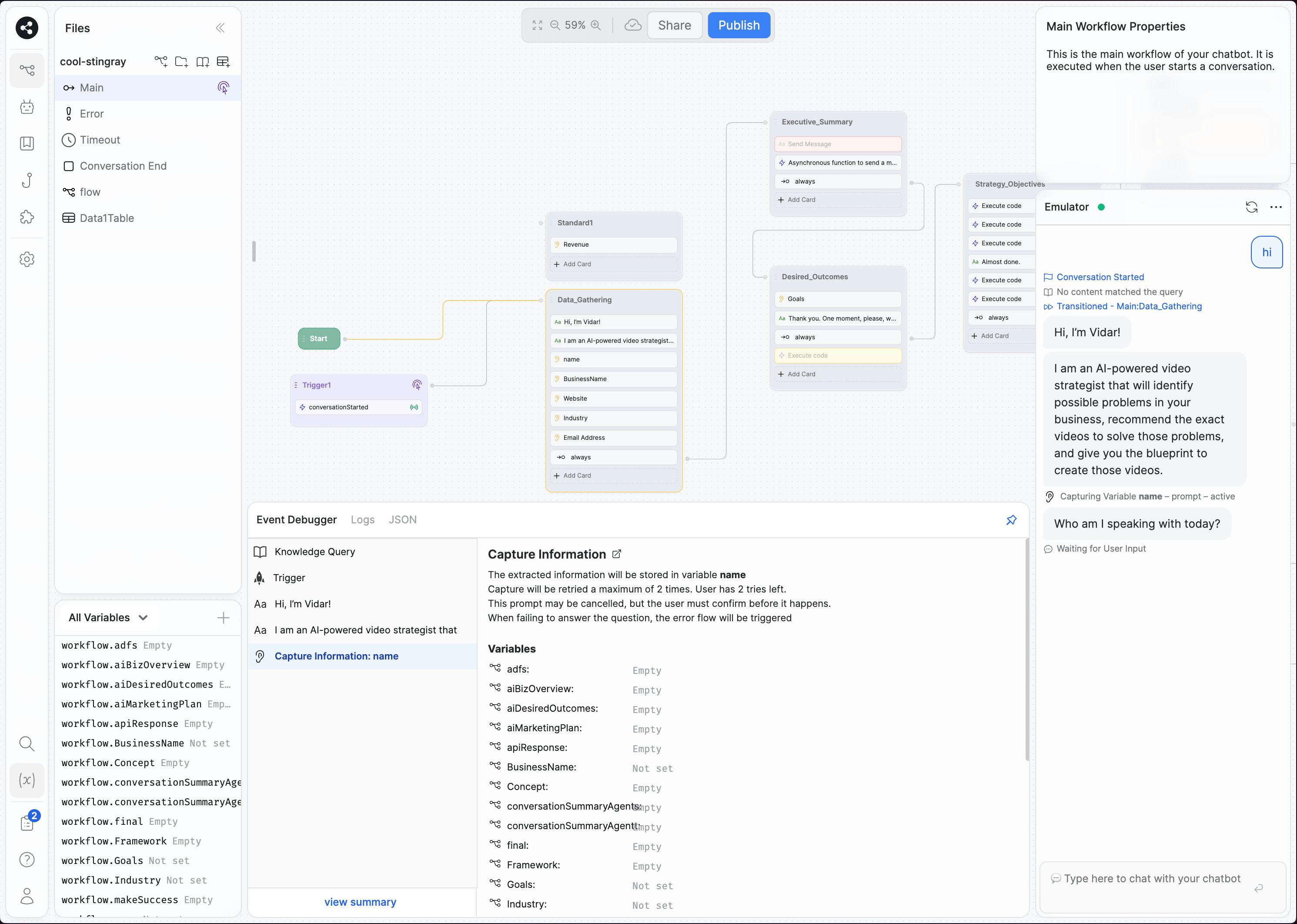
Botpress employs a hybrid approach that combines rule-based programming with AI. This blend allows for more predictable conversations and easier debugging. Rule-based components handle straightforward interactions reliably, while AI-driven elements manage more complex tasks, providing a balanced and efficient solution.
Rasa
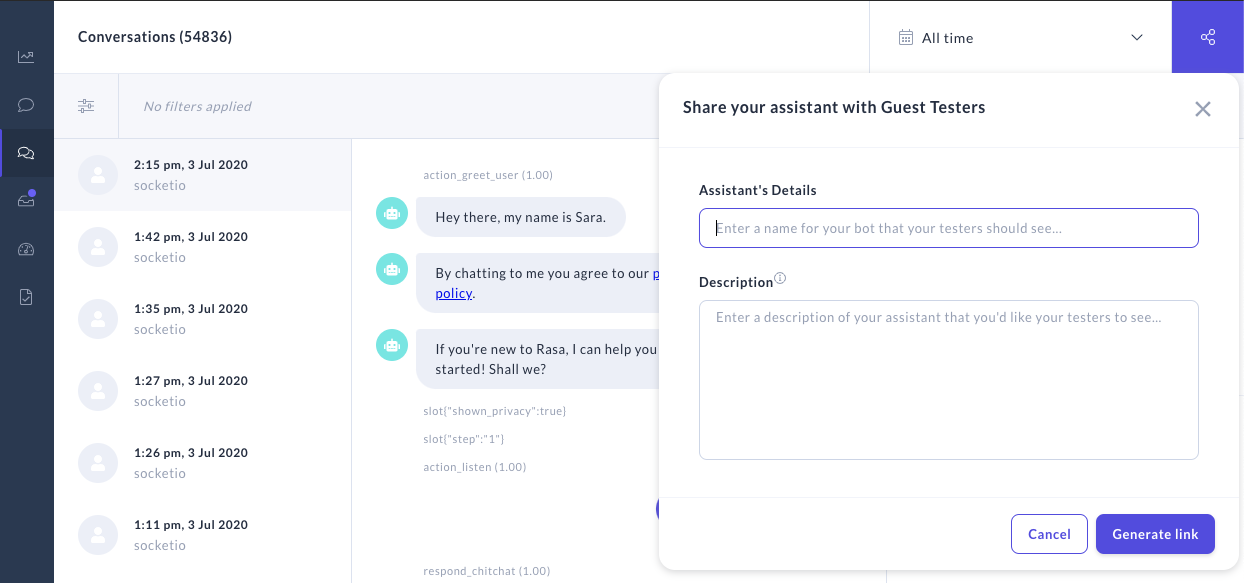
Rasa focuses primarily on pure AI models. This approach enables more dynamic and flexible conversational capabilities but can make interactions less predictable. Debugging and visualizing conversation flows can be more challenging due to the less deterministic nature of AI-driven responses.
Team Requirements
Botpress

The simplicity and accessibility of Botpress mean that it can be effectively utilized by developer teams alone. The visual tools and minimal coding requirements reduce the need for specialized roles, allowing a more streamlined team to handle the development and maintenance of chatbots.
Rasa
Rasa generally requires a more extensive team comprising developers, data scientists, machine learning experts, and conversation designers. The complexity of building and refining AI-driven chatbots necessitates a diverse set of skills, making Rasa better suited for organizations with robust technical resources.
Free Version
Botpress

Both Botpress and Rasa offer free and open-source versions of their platforms. However, Botpress provides more functionality out of the box without needing an Enterprise plan. This makes it a cost-effective solution for small to medium-sized businesses looking to deploy powerful chatbots without significant upfront investment.
Rasa
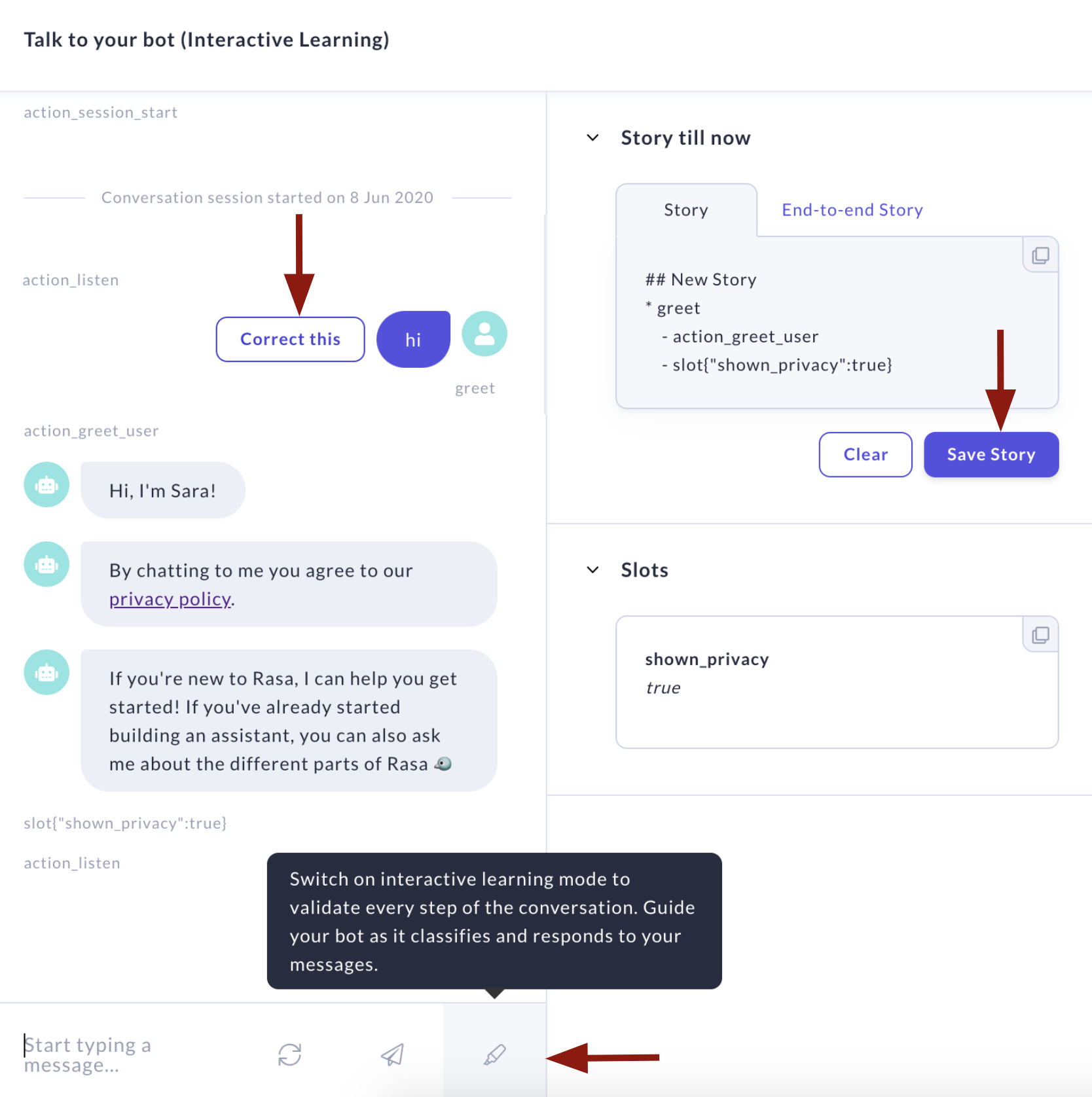
While Rasa’s open-source version is also highly capable, accessing some advanced features may require an Enterprise plan. Organizations needing these advanced capabilities should be prepared for potential additional costs.
Language Support
Botpress

Botpress natively supports 12 languages and extends support to an additional 157 languages through integration with FastText. This extensive language support makes Botpress a versatile choice for building multilingual chatbots capable of serving a global audience.
Rasa
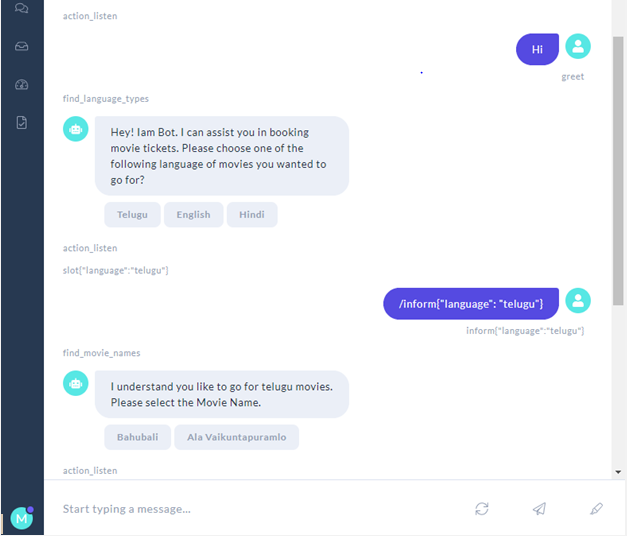
Rasa can handle any language, provided there is appropriate training data available. This flexibility allows for the creation of chatbots in virtually any language, making Rasa a powerful tool for organizations with diverse linguistic requirements.
Integrations
Botpress

Botpress boasts wide integration capabilities with various messaging channels such as Messenger, Teams, WhatsApp, and more. This extensive range of out-of-the-box integrations allows businesses to deploy their chatbots across multiple platforms quickly, enhancing their reach and user engagement.
Rasa
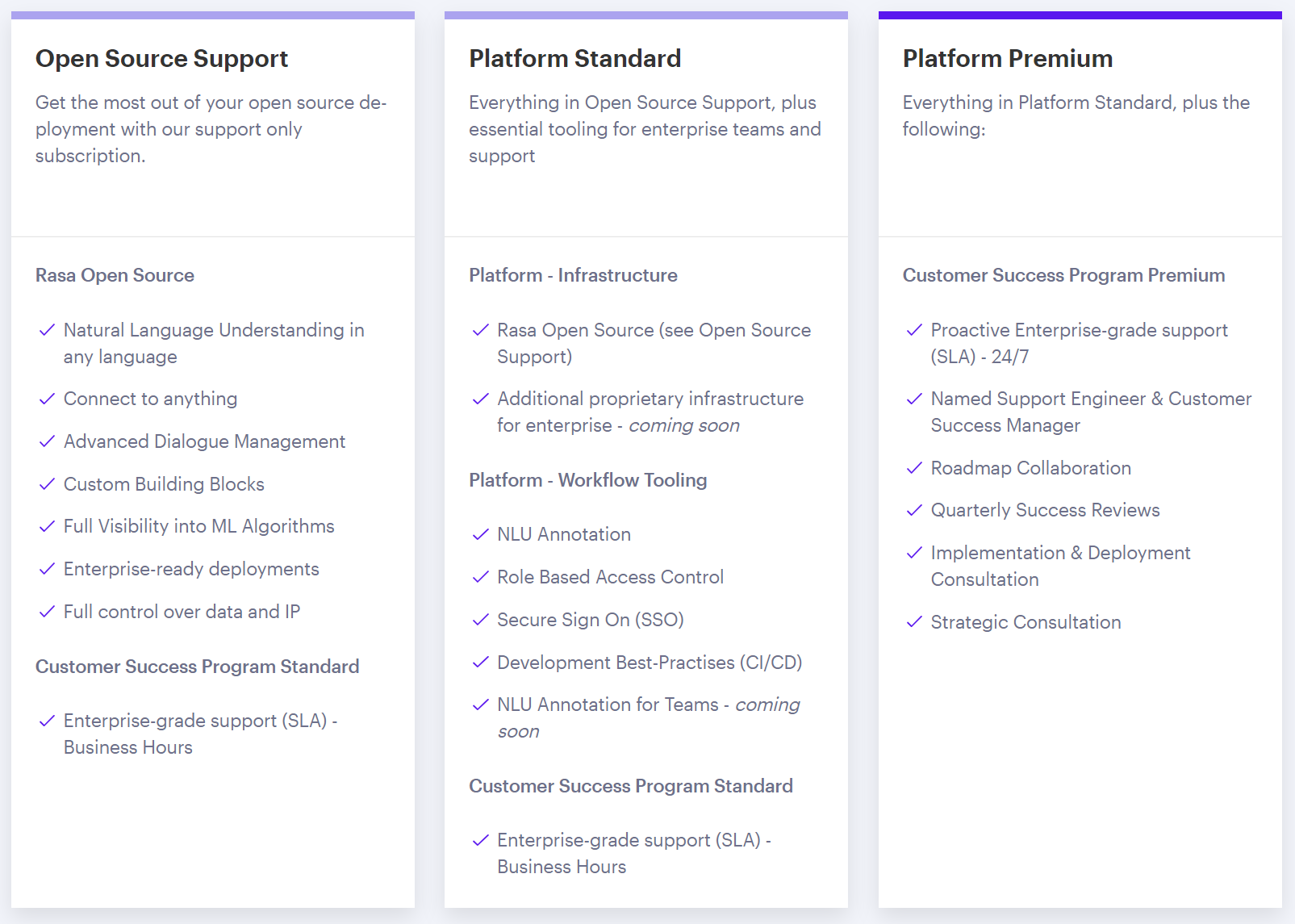
Rasa supports fewer major channels natively compared to Botpress. While it can be integrated with various platforms, it often requires additional configuration and setup, which can add to the development time and complexity.
Check out the alternative option here >>>> WATI <<<<
Final Thoughts
In summary, the choice between Botpress and Rasa hinges largely on your team’s expertise, the complexity of your chatbot needs, and your development timeline.
-
Botpress is generally more accessible for product teams, offering rapid development with minimal data requirements, a user-friendly interface, and robust out-of-the-box functionality. It's ideal for businesses looking to deploy efficient chatbots quickly and with fewer resources.
-
Rasa is better suited for research teams or organizations with extensive technical resources. Its reliance on pure AI models and higher data requirements make it a powerful tool for building sophisticated, highly customized conversational agents. However, this comes at the cost of longer development times and the need for a diverse team of experts.
Choosing the right platform depends on balancing these factors with your specific needs and capabilities. Whether you prioritize ease of use, rapid deployment, or advanced customization, both Botpress and Rasa offer compelling solutions for building effective and engaging chatbots.




